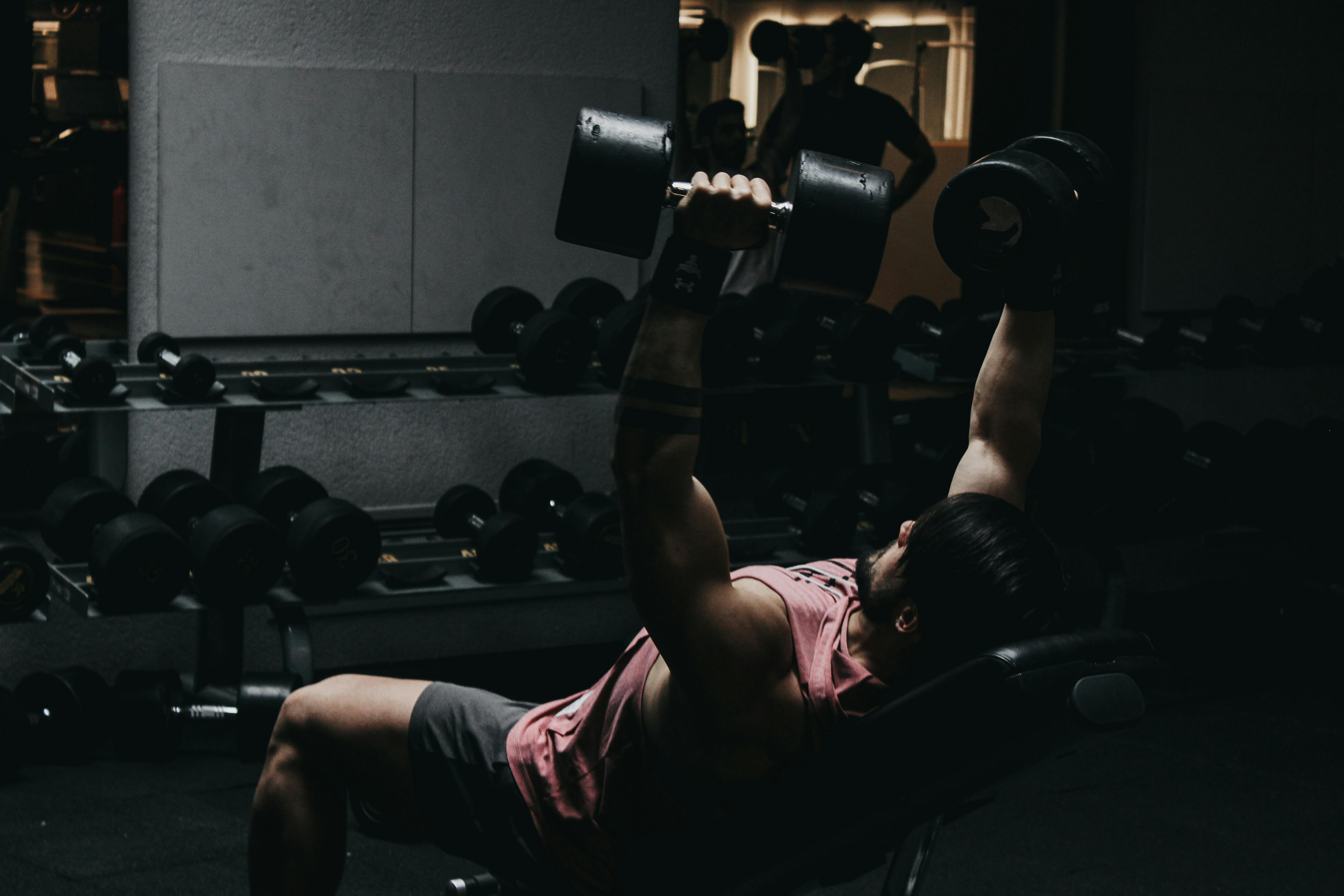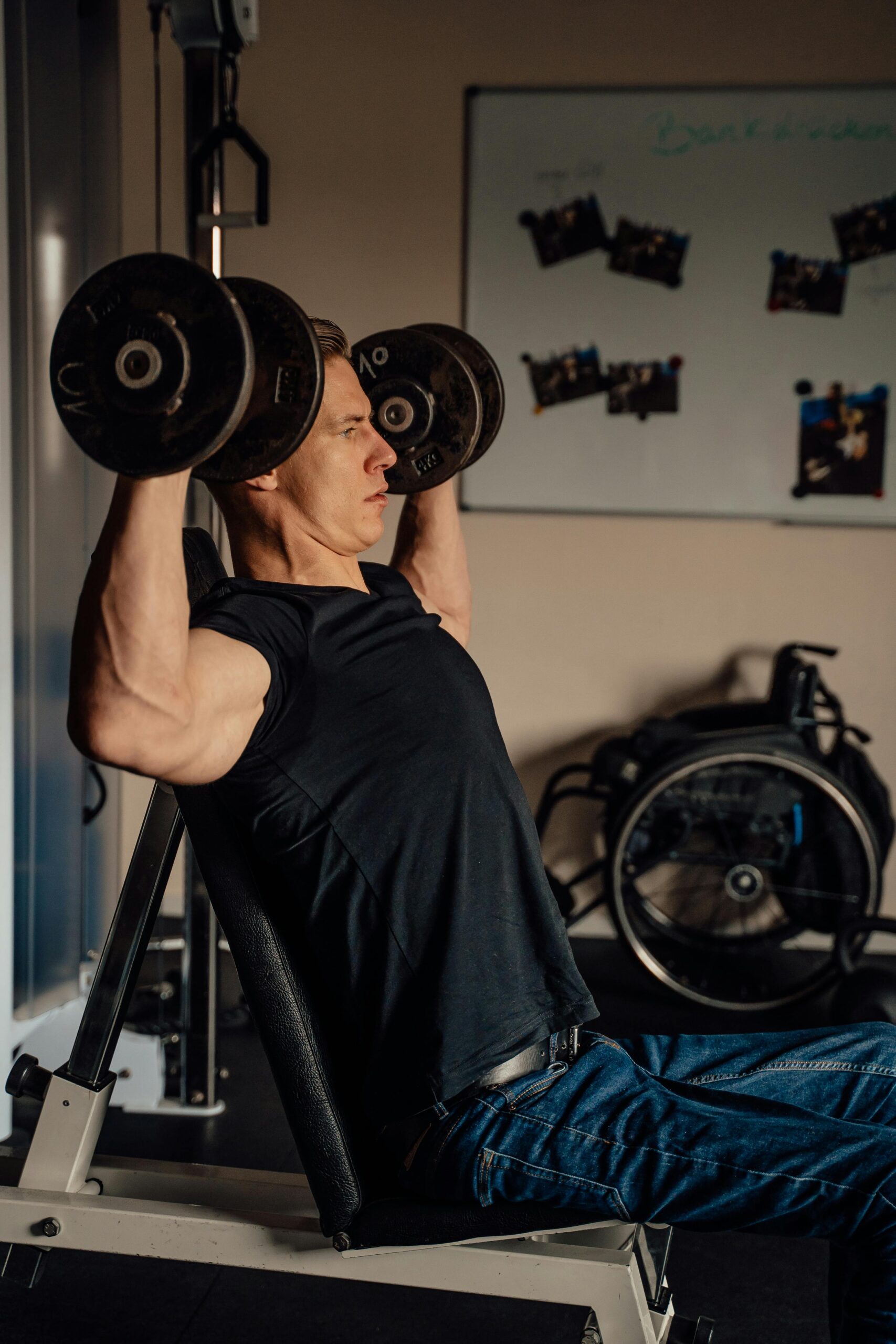Discover the 5 Effective Muscles Targeted by Incline Bench Press for Optimal Muscle Growth in 2025!
The incline bench press, known as Schrägbankdrücken in German, is a cornerstone exercise for fitness enthusiasts aiming to enhance their upper body strength and muscle definition. This compound movement primarily focuses on the Brustmuskeln (chest muscles), but its benefits extend to various muscle groups, making it an essential part of any Oberkörpertraining routine.
In this comprehensive guide, we will explore the five key muscles targeted by the incline bench press, emphasizing how they contribute to muscle development, improving training intensity, and supporting overall fitness goals. Proper execution and understanding of body posture play crucial roles in maximizing benefits from this exercise. Additionally, we’ll touch upon related topics such as Krafttraining, Muskelaufbau, and Fitnessprogramme.
By the end of this article, you’ll have a clear understanding of the muscles engaged during the incline bench press and tips to incorporate this exercise effectively into your Trainingspläne. Let’s dive into the details!
Key Benefits of Incline Bench Press
An incline bench press offers numerous benefits that enhance your fitness journey. First, it targets specific parts of the Pectoralis Major, which can lead to improved upper chest strength and aesthetics. Furthermore, it engages the shoulders and arms, ensuring a balanced workout that promotes overall upper body musculature.
Enhanced Muscle Targeting
By adjusting the bench to an inclined angle, you shift emphasis to the upper chest muscles. This variation allows for greater Hypertrophie (muscle growth), leading to better-defined and stronger Brusttraining. Studies show that combining incline and flat presses can yield significant muscle gains.
Improved Shoulder Stability
The incline bench press incorporates shoulder stabilizers like the anterior deltoids. Building strength in these muscles reduces the risk of injuries and enhances performance in other lifts. This stability is crucial for anyone engaging in Krafttraining or sports activities that require upper body strength.
Efficient Upper Body Workout
Using the incline bench press as part of a comprehensive upper body workout effectively ties training exercises together. This compound movement engages multiple muscle groups, improving coordination and overall fitness levels while targeting specific areas for development.
Muscles Targeted by Incline Bench Press
In this section, we will look at the five major muscle groups engaged during the incline bench press. Understanding these muscles helps in optimizing your workout and achieving your Fitnessziele more effectively.
Pectoralis Major

The Pectoralis Major, or major chest muscle, is the primary muscle worked during the incline bench press. The incline angle shifts stress to the upper portion, promoting balanced chest development. Focus on maintaining a strong form to ensure effective targeting of these muscles.
Deltoids
The deltoids, especially the anterior part, are significantly engaged during the incline bench press. Strengthening these muscles is crucial for shoulder stability, which translates to improved performance in various lifts and reducing the potential for injuries.
Triceps Brachii
As a secondary muscle group, the triceps help extend the elbows during the press. Building triceps strength contributes to better chest press performance and allows for increased lifting capacity in both incline and flat bench variations.
Upper Trapezius
The upper trapezius muscles assist in stabilizing the shoulder blades while pressing weights. Building strength in this area is essential for maintaining proper posture and alignment, which can prevent injury and improve performance across various fitness activities.
Serratus Anterior
The serratus anterior muscle helps to protect the shoulder joint and plays a pivotal role during the incline bench press. Strengthening this muscle enhances movement efficiency, particularly in overhead exercises and activities involving pushing or pulling motions.
Optimizing Your Incline Bench Press Technique
Achieving the best results from your incline bench press relies heavily on mastering your technique. Focus on your body positioning, breathing, and overall execution for maximum effectiveness and reduced injury risk.
Body Positioning Tips
Start by ensuring that your back is pressed firmly against the bench. Your feet should be flat on the ground, maintaining stability throughout the lift. This Körpertechnik is essential for engaging the right muscles and preventing undue strain. Avoid arching your back excessively during the lift, and focus on keeping your core engaged.
Proper Breathing Techniques
Inhale deeply as you lower the weights, filling your diaphragm more than your chest. Breathe out forcefully during the press phase. This technique helps in maintaining intra-abdominal pressure, which is crucial for spine stability and maximizing strength output during your lifts.
Progression and Variations
To ensure continuous muscle growth and prevent plateaus, incorporate variations into your program. Changing the incline angle, using different grip widths, or alternating between dumbbells and barbells can provide new stimuli for muscle development. Tracking your progress in a training diary can help in identifying what variations work best for you.

Common Mistakes to Avoid
While incline bench press is a highly effective exercise, many lifters fall prey to common mistakes that hinder progress and increase injury risk. Understanding these pitfalls can lead to better performance and training outcomes.
Incorrect Form
One of the most common issues is lifting with improper form. Rounding the back or flaring the elbows can lead to injuries and ineffective workouts. Always prioritize a clean execution of the exercise, focusing on keeping your elbows at a 45-degree angle from your body during the lift.
Excessive Weight
Many individuals risk injury by attempting heavy weights before mastering the technique. Start with lighter weights to focus on your form and gradually increase weight to ensure growth without compromising safety. Effective Krafttraining is all about controlled progression.
Neglecting Warm-ups
Skipping warm-ups can strain muscles leading to injury. Always include a proper warm-up routine targeting the upper body. Engaging in dynamic stretches or lighter sets of incline presses prepares your muscles for the workload, enhancing performance.
Conclusion: Your Path to Enhanced Training Results
The incline bench press remains a significant contributor to upper body strength development. As we’ve explored the muscles targeted, technique optimization, and common pitfalls to avoid, it’s clear that with proper execution, this exercise can markedly improve your fitness journey and reach your muscle-building goals effectively.
Whether you’re a beginner looking to establish solid foundations or an advanced lifter seeking to refine your techniques, incorporating the incline bench press into your routine can elevate your Trainingsfortschritt significantly.
For more insights into effective workout strategies, check out our other resources on training techniques and nutrition for muscle growth. Happy lifting!
